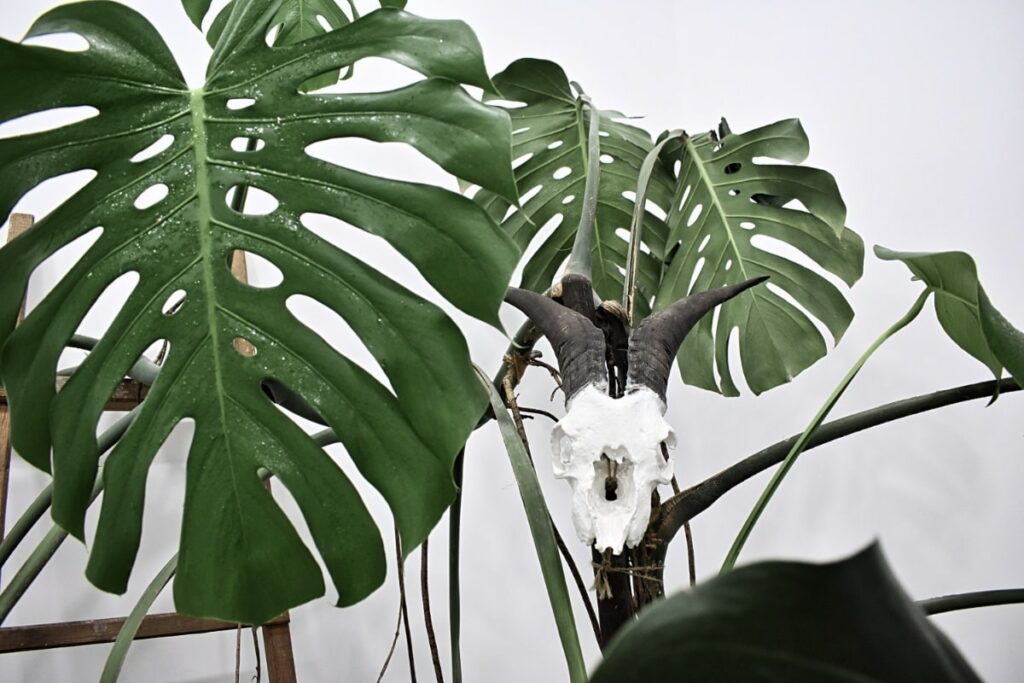Monsteras, also known as Swiss cheese plants, are a popular choice for indoor and outdoor gardening enthusiasts. These tropical plants are native to the rainforests of Central and South America and are known for their large, glossy leaves with unique perforations and splits. From seedling to mature plant, exploring the Monstera growth stages requires specific attention and care to ensure healthy and robust growth.
But don’t worry, we’ve got you covered! In this article, we will explore the different growth stages of a monstera plant and provide tips and tricks for proper care and maintenance at each stage. Whether you are a seasoned plant parent or a beginner, understanding the growth stages of a monstera plant will help you cultivate a healthy and thriving plant
Introduction to Monstera Plants
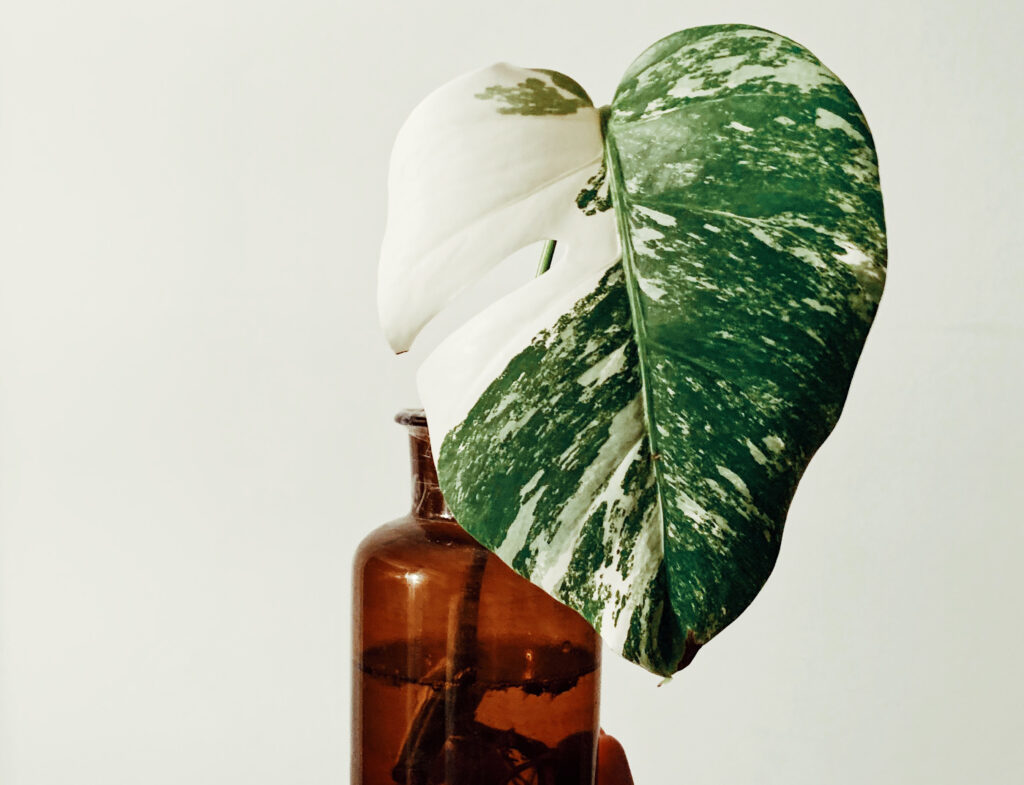
Monstera plants, also known as Swiss cheese plants, are a popular choice for indoor gardening enthusiasts. These tropical plants are native to the rainforests of Central and South America and are known for their large, glossy leaves with unique perforations and splits. But did you know that Monstera plants are a member of the Araceae family, which includes other popular houseplants such as philodendrons and peace lilies? It’s true! And not only that, but Monstera plants are also climbing plants, meaning they will naturally grow towards a support structure such as a tree trunk or trellis.
In their natural habitat, Monstera plants can grow up to a whopping 70 feet tall! That’s taller than most buildings! But don’t worry, in indoor settings, they typically reach a maximum height of 6-8 feet. As they mature, their leaves change shape and size, and they develop unique aerial roots that help them climb and absorb nutrients. It’s like they have their own little support system built right in! Understanding the growth stages of Monstera plants is essential for proper care and maintenance, so let’s dive in and explore each stage in detail.
So, as you can see, Monstera plants are not your average houseplant. They are unique, fascinating, and sure to make a statement in any room. Plus, they’re relatively easy to care for, so even if you’re not a seasoned gardener, you can still enjoy the beauty and wonder of these amazing plants.
Understanding Monstera Growth Stages
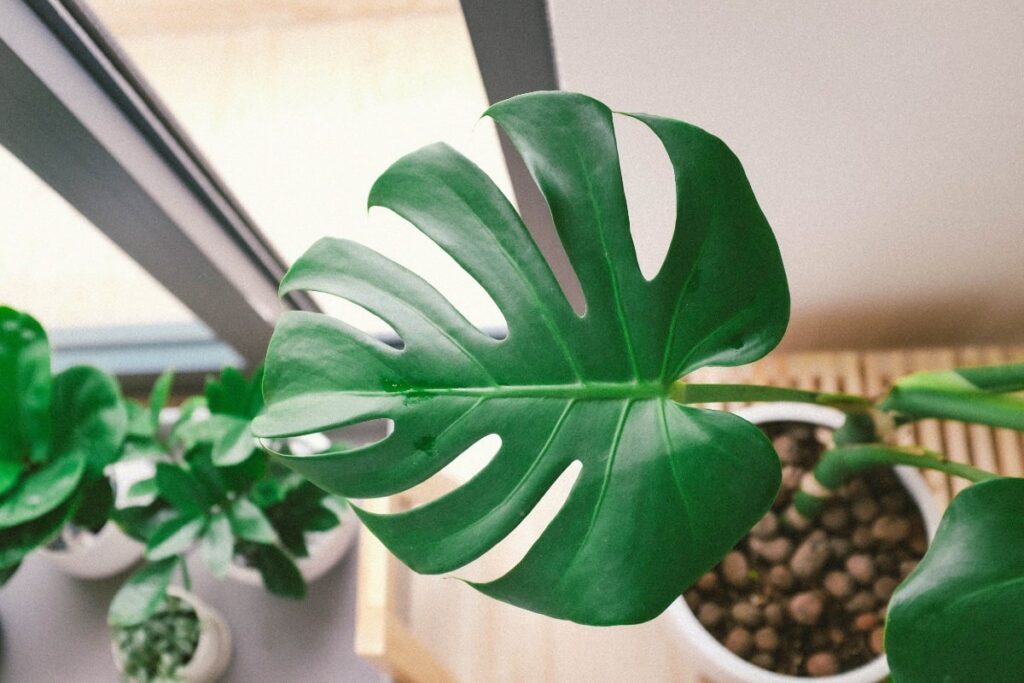
Monstera plants are a popular choice for indoor and outdoor gardening due to their unique and beautiful foliage. Proper care and maintenance are essential for these plants, and understanding their growth stages is crucial. Here are the different growth stages of a monstera plant, each with its own unique characteristics and requirements.
Seedling Stage
The first stage of a monstera plant’s growth is the seedling stage, where the plant is just starting to grow and develop its roots. During this stage, the soil must be kept moist but not waterlogged to ensure proper growth. This stage is crucial for the plant’s development, and it requires a lot of attention and care.
Juvenile Stage
The juvenile stage is when the plant starts to develop its iconic split leaves. The leaves are smaller and have fewer splits during this stage, but the plant is still growing and developing its roots. It is important to continue to keep the soil moist during this stage to ensure healthy growth.
Mature Stage
The mature stage is when the plant has fully developed its split leaves and has reached its maximum height. The plant will continue to grow new leaves, but they will not be as large as the original leaves. During this stage, it is crucial to provide the plant with proper support, such as a trellis or stake, to prevent it from falling over.
Reproductive Stage
The reproductive stage is when the plant starts to produce flowers and fruit. Monstera plants produce a unique fruit that is edible but can take up to a year to ripen. During this stage, it is important to continue to provide the plant with proper care and maintenance to ensure healthy growth and fruit production.
By understanding the growth stages of a monstera plant and providing it with the right amount of water, light, and support, you can help it reach its full potential and enjoy its beautiful foliage for years to come. Each stage requires different levels of attention and care, but with patience and dedication, you can help your monstera plant thrive.
Understanding Monstera Growth Stages
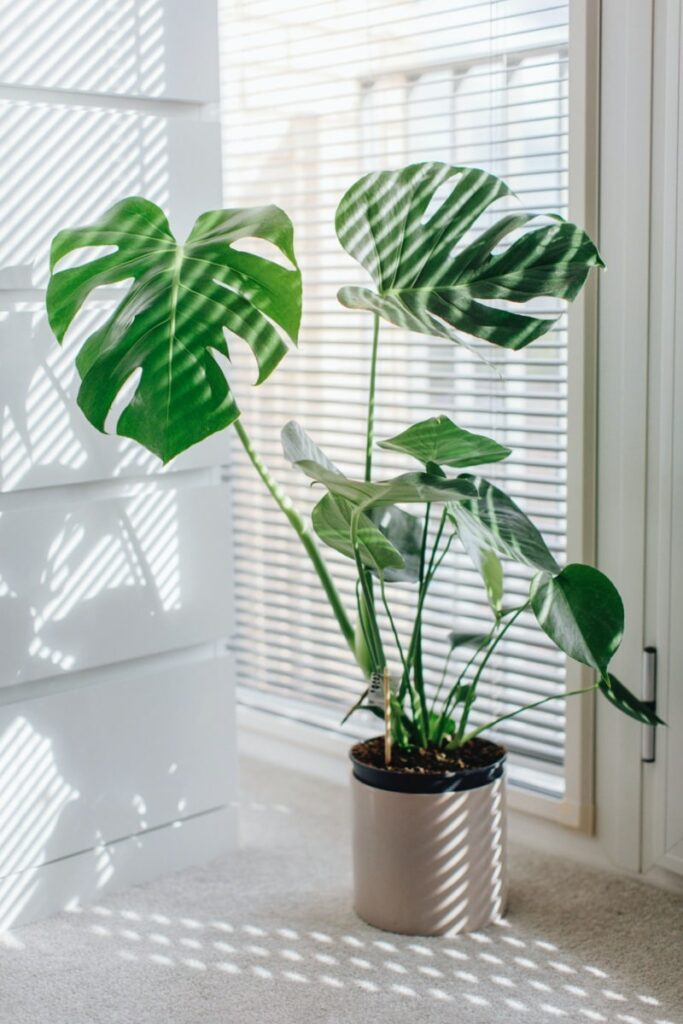
Monstera plants are a popular choice for indoor and outdoor gardening due to their unique and beautiful foliage. Proper care and maintenance of these plants require an understanding of their growth stages. In this section, we’ll dive into the different growth stages of Monstera plants and what to expect during each stage.
The seedling stage marks the first stage of Monstera growth. At this stage, the plant is just starting to grow from a seed. The seedling will have one or two leaves and will be very small in size. To ensure proper growth, it is crucial to keep the soil moist during this stage.
The juvenile stage is the next stage of Monstera growth. During this stage, the plant will start to develop more leaves and grow taller. The leaves will have a heart-shaped appearance and will be smaller in size compared to the mature plant. The juvenile stage can last for several years, depending on the growing conditions.
Finally, the mature stage is the last stage of Monstera growth. At this stage, the plant will have fully developed leaves and will be much larger in size. The leaves will have the iconic split-leaf appearance that Monstera plants are known for. The mature stage can take several years to reach, and the plant will continue to grow as long as it is properly cared for.
It is crucial to understand the growth stages of Monstera plants to provide the necessary care and attention to ensure they thrive and grow to their full potential. By knowing what to expect during each stage, you can ensure your Monstera plant receives the proper care and maintenance it needs.
Stage 1: Seedling Phase
The Monstera plant, also known as the Swiss cheese plant, is a popular houseplant that is loved for its unique foliage and easy care. But, if you are interested in growing a Monstera plant, it is important to understand the different growth stages that the plant goes through. And, the first stage of Monstera growth is the seedling phase, which is a very delicate and crucial stage.
To grow a Monstera plant from a seed, the first step is to plant the seed in a well-draining soil mix. But, the soil should be kept moist but not waterlogged, and the seed should be kept in a warm and humid environment. And, it is important to keep the soil moist during this stage, as the seedling will not be able to survive if it dries out.
As the Monstera seedling begins to grow, it will develop its first set of leaves. These leaves will be small and delicate, and it is important to avoid touching or disturbing them as they are very fragile. But, the seedling will also begin to develop its root system during this stage, which is essential for the plant’s growth and survival.
During the seedling phase, it is important to provide the Monstera plant with plenty of light. However, it is important to avoid direct sunlight, as this can damage the delicate leaves. Instead, place the plant in a bright, indirect light location.
Overall, the seedling phase is a crucial stage in the growth of a Monstera plant. With proper care and attention, the seedling will grow into a healthy and strong plant that will provide you with years of enjoyment. So, if you want to grow a Monstera plant, make sure to give it the care and attention it deserves during the seedling phase.
Stage 2: Juvenile Phase
The Monstera growth phase that is juvenile is a time of great excitement for those who love plants. This is the time when the plant will start to develop its iconic split leaves, which are a defining characteristic of the Monstera species.
At the beginning of the juvenile phase, the plant will produce small, heart-shaped leaves that are solid and unsplit. However, as the plant grows, it will begin to produce larger leaves with splits or holes in them. These splits are called fenestrations and are a result of the plant’s natural growth process.
During the juvenile phase, Monstera plants require plenty of light and water to thrive. They should be kept in a warm, humid environment and watered regularly to ensure that the soil stays moist. Fertilizer can also be added to the soil to provide the plant with the nutrients it needs to grow.
It is important to note that the juvenile phase of Monstera growth can last for several years, depending on the conditions in which the plant is grown. As the plant matures, it will eventually enter the adult phase, where it will produce larger, more complex leaves.
Overall, the juvenile phase of Monstera growth is an exciting time for plant enthusiasts. Watching the plant develop its iconic split leaves is a rewarding experience, and with proper care and attention, the plant will continue to thrive and grow for years to come.
Stage 3: Adult Phase
The final stage of growth for a monstera plant is the adult phase, which is characterized by the plant reaching its full size and developing its signature split leaves. These leaves can grow up to three feet in length and are deeply lobed with large, irregular holes, making them a sight to behold.
During this phase, the monstera plant will continue to produce new leaves, albeit at a slower rate than during the juvenile phase. These leaves will also become thicker and more leathery, making them more resistant to damage.
But what makes the adult phase truly exciting is the potential for the plant to produce flowers and fruit. Monstera plants are renowned for their unique and striking flowers, which are shaped like a spiky cone and can grow up to a foot long. However, it is important to note that not all monstera plants will produce flowers, and those that do may not do so until they are several years old.
Overall, the adult phase of a monstera plant is a time of stability and maturity. With proper care, a monstera can live for many years in this phase, providing a beautiful and unique addition to any indoor or outdoor space. So, if you’re looking for a plant that will grow with you and provide a sense of wonder and awe, look no further than the monstera plant in its adult phase.
Factors Affecting Monstera Growth At All Growth Stages
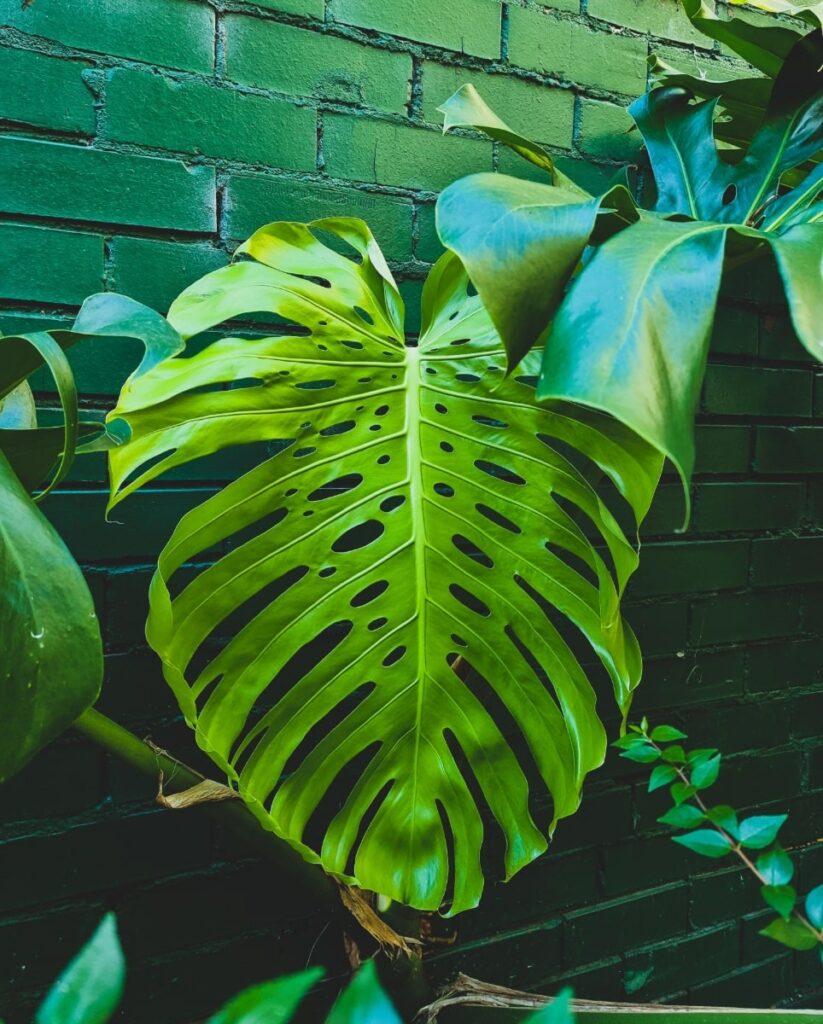
Monstera plants are a popular choice for indoor and outdoor gardening due to their unique and attractive foliage. Insufficient light can cause stunted growth, while too much direct sunlight can scorch the leaves. It’s a delicate balance that can be hard to achieve.
Water
Overwatering or underwatering can both have negative effects on monstera growth. Too much water can lead to root rot, while too little water can cause the leaves to wilt and turn brown. It’s a fine line to walk.
Temperature
Monstera plants prefer warm temperatures between 65-85°F. Temperatures outside of this range can slow down growth or even cause damage to the plant. It’s important to keep an eye on the temperature and adjust accordingly.
Humidity
Monstera plants thrive in high humidity environments. Low humidity can cause the leaves to dry out and turn brown. It’s important to keep the air moist around the plant.
Soil
The soil that monstera plants are grown in should be well-draining and rich in nutrients. Poor soil quality can stunt growth and lead to nutrient deficiencies. It’s important to choose the right soil for your plant.
Fertilizer
Monstera plants require regular fertilization to promote healthy growth. However, too much fertilizer can burn the roots and damage the plant. It’s important to find the right balance.
By taking these factors into consideration and providing the proper care, you can ensure that your monstera plant grows healthy and strong.
Tips for Promoting Healthy Monstera Growth Across Growth Stages
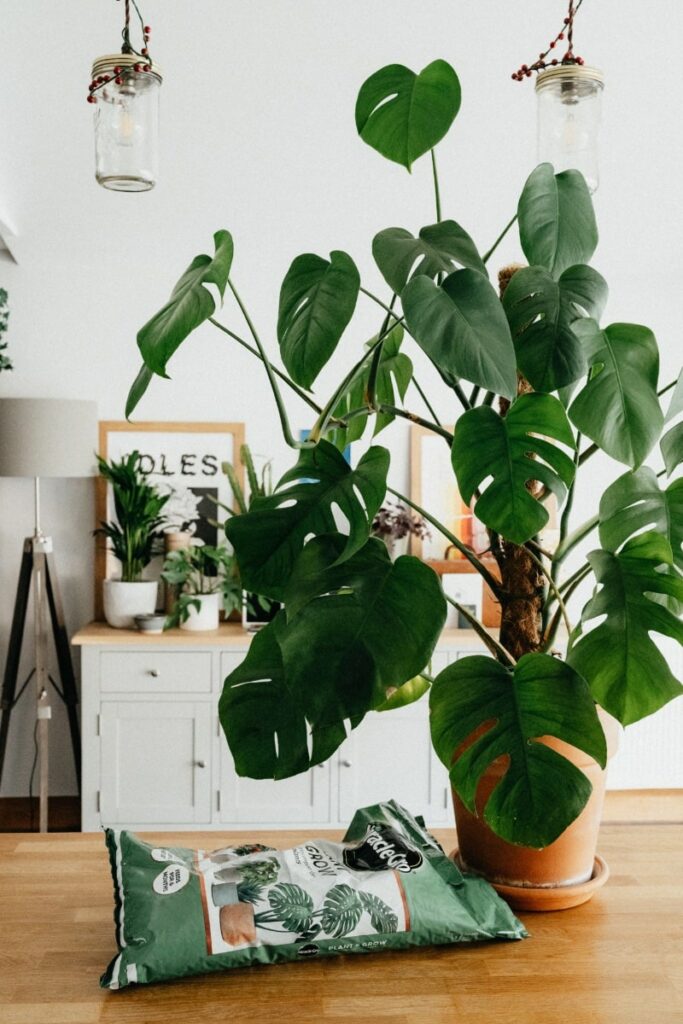
Monstera plants are a popular choice for indoor plant enthusiasts due to their unique and beautiful foliage. However, ensuring that your Monstera plant grows healthy and strong requires the right care and attention. Here are some tips for promoting healthy Monstera growth that you should keep in mind.
First, providing adequate light is crucial for Monstera plants to thrive. They prefer bright, indirect light, so placing your plant near a window that receives plenty of natural light is ideal. However, direct sunlight can scorch the leaves, so avoid it at all costs.
Second, watering your Monstera plant regularly is essential. They prefer moist soil, but overwatering can lead to root rot. Therefore, it is important to allow the top inch of soil to dry out before watering again.
Third, Monstera plants benefit from regular fertilization during the growing season. Using a balanced fertilizer every two weeks will provide your plant with the necessary nutrients to grow healthy and strong.
Fourth, pruning your Monstera plant regularly is crucial to promote healthy growth. Removing any yellow or brown leaves, as well as any stems that are growing in the wrong direction, will help your plant grow in the right direction.
Last, providing support for your Monstera plant is important as it grows. As it can grow quite large, using a stake or trellis to prevent it from toppling over is a good idea.
By following these tips, you can ensure that your Monstera plant grows healthy and strong, providing you with beautiful foliage for years to come.
Common Problems and Solutions Across Monstera Growth Stages
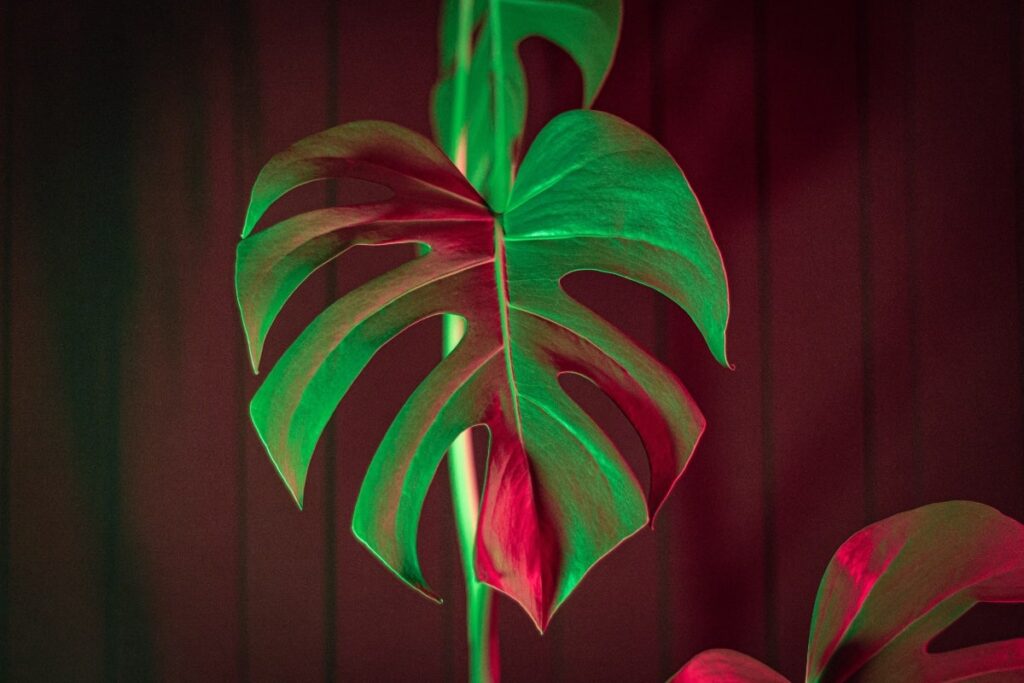
As with any plant, Monstera can encounter a plethora of problems during its growth stages. Here are some of the most common issues and their solutions:
Yellowing leaves
If you notice that the leaves of your Monstera are turning yellow, it could be a sign of overwatering. However, if the yellowing is accompanied by brown spots, it could be a sign of a fungal infection. In this case, you may need to treat your plant with a fungicide. Make sure that you are not watering your plant too frequently and that the soil is well-draining.
Brown tips
Brown tips on the leaves of your Monstera can be caused by a variety of factors, including low humidity, over-fertilization, or underwatering. To ensure that your plant is getting enough water, make sure that the soil is not too dry. You can also increase the humidity around your plant by misting it regularly or placing a humidifier nearby.
Slow growth
If your Monstera is not growing as quickly as you would like, it could be due to a lack of nutrients. To give it more room to grow, try repotting your plant into a larger container. Additionally, make sure that you are fertilizing your plant regularly with a balanced fertilizer.
Pests
Monstera can be susceptible to pests such as spider mites and mealybugs. If you notice any signs of infestation, such as webbing or white cottony patches, you should treat your plant with an insecticide. Alternatively, you can try wiping down the leaves with a damp cloth to remove any pests.
By keeping an eye out for these common problems and taking the appropriate steps to address them, you can help ensure that your Monstera grows healthy and strong. Remember, a healthy plant is a happy plant!
Conclusion and Final Thoughts: Monstera Growth Stages
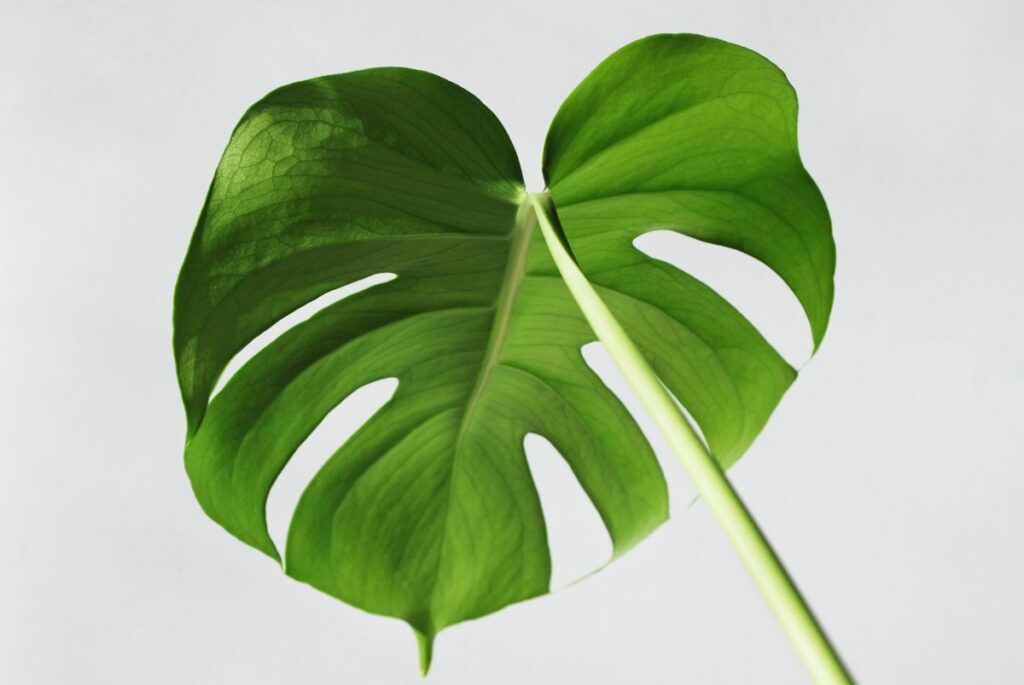
In the realm of indoor gardening, Monstera plants reign supreme as a top choice due to their alluring and distinctive foliage. These plants undergo a series of growth stages, starting from a tiny seedling and culminating in a mature plant with large, fenestrated leaves that are sure to catch the eye.
To ensure healthy development during the early stages of growth, Monstera plants require a great deal of care and attention. This includes providing them with the right amount of sunlight, water, and nutrients. As the plant grows, it may even necessitate repotting to accommodate its ever-expanding root system.
As the Monstera plant matures, it will produce increasingly intricate and larger leaves, further enhancing its already impressive aesthetic appeal. With proper care, a Monstera plant can live for several years and continue to flourish.
All in all, Monstera plants are a fantastic addition to any indoor garden and can imbue any space with a unique and tropical vibe. By comprehending the growth stages of these plants and providing them with the proper care, you can bask in the splendor of a mature Monstera plant for years to come.
Frequently Asked Questions About Monstera Growth Stages
What are the different growth stages of a monstera plant?
A monstera plant goes through several growth stages, including seedling, juvenile, and mature. The seedling stage is when the plant is just starting to grow and has only a few leaves. The juvenile stage is when the plant has more leaves and begins to develop its characteristic split leaves. The mature stage is when the plant has fully developed split leaves and can grow to be several feet tall.
How long does it take for a monstera plant to reach maturity?
The time it takes for a monstera plant to reach maturity can vary depending on several factors, including the plant’s growing conditions and the specific variety of monstera. Generally, it can take anywhere from 2-5 years for a monstera plant to reach maturity.
How can I encourage my monstera plant to grow faster?
To encourage faster growth in your monstera plant, make sure it is getting enough sunlight and water. You can also fertilize the plant regularly with a balanced fertilizer. Additionally, pruning the plant can help stimulate new growth and keep it healthy.
Why is my monstera plant not growing?
There are several reasons why a monstera plant may not be growing, including insufficient light, improper watering, or lack of nutrients. Make sure your plant is getting enough sunlight and water, and consider fertilizing it with a balanced fertilizer. If the plant is still not growing, it may be experiencing root rot or other issues that require further attention.
How often should I repot my monstera plant?
Monstera plants generally need to be repotted every 1-2 years, or when the roots have outgrown the current pot. When repotting, choose a pot that is only slightly larger than the current one to avoid overpotting. Additionally, make sure to use well-draining soil and water the plant thoroughly after repotting.
How fast does Monstera grow?
Monstera can grow up to 1-2 feet per year in ideal conditions. However, growth rate can vary depending on factors such as light, temperature, humidity, and soil quality.
When should I repot my Monstera?
It is recommended to repot your Monstera every 1-2 years, or when the roots start to outgrow the current pot. Signs that your Monstera needs repotting include roots growing out of the drainage holes, soil drying out quickly, and stunted growth.
How often should I water my Monstera?
Monstera prefers moist but well-draining soil. Water your Monstera when the top inch of soil feels dry to the touch. Avoid overwatering, as this can lead to root rot. In general, Monstera needs less water during the winter months when growth slows down.
How do I propagate my Monstera?
Monstera can be propagated through stem cuttings or air layering. To propagate through stem cuttings, take a cutting with at least one node and place it in water or soil. To propagate through air layering, make a small incision in the stem and wrap it with moist sphagnum moss and plastic wrap until roots form.
Why are the leaves on my Monstera turning yellow?
Yellowing leaves on Monstera can be a sign of overwatering, underwatering, or nutrient deficiencies. Check the soil moisture level and adjust watering accordingly. Consider fertilizing your Monstera with a balanced fertilizer to provide necessary nutrients.

